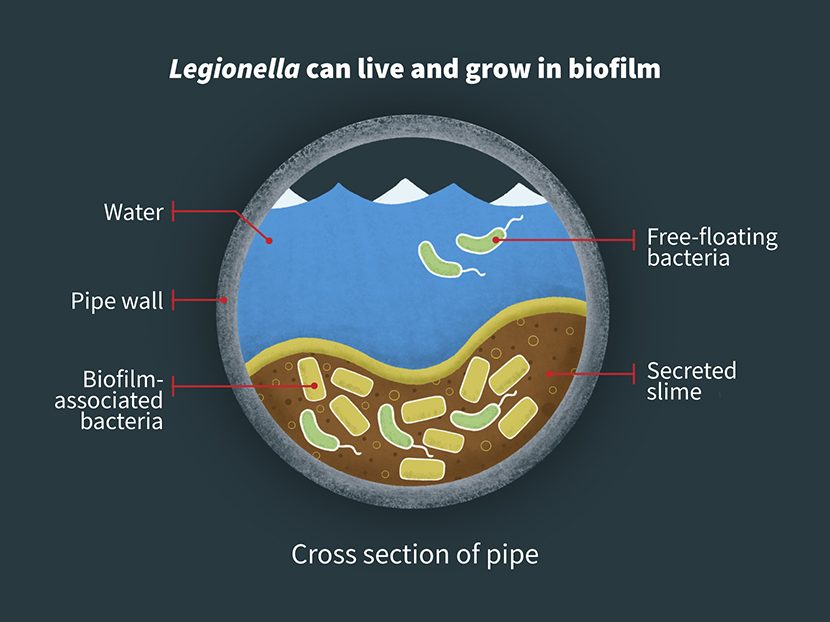NIST Identifies Critical Needs for Improved Plumbing

In recent decades, concerns about cost, water shortages and environmental impacts combined with changes in plumbing design have driven down water usage per person. But because plumbing codes have not kept pace with the shifting demand, water quality may be suffering.
The current codes for plumbing systems within buildings are based in part on data generated nearly 100 years ago. To help researchers close this vast knowledge gap and update the codes, a team of engineers at the National Institute of Standards and Technology (NIST) has produced a list of high priority research needs. If addressed, the list would establish a foundation for the design, maintenance and operation of plumbing systems fit for the water needs of today and onward.
“This document is intended for any organization that is planning plumbing research programs,” said Dave Yashar, deputy chief of NIST’s Energy and Environment Division and co-author of the report. “It’s meant to help researchers figure out what information is needed to move industry forward.”
The list of 59 research needs largely draws from discourse among experts in academia, industry and government at a 2018 workshop, in addition to 26 responses to a notice published by NIST in the Federal Register.
Plumbing designers frequently rely on a tool developed in 1940, known as Hunter’s Curve, to ensure that pipes are sized adequately for a building’s water demand. This method estimates how much water is needed based on the number and type of fixtures (such as faucets and toilets) in a building. However, the plumbing landscape today is a far cry from what it was in the ’40s.
At present, Hunter’s Curve often overestimates water demand, causing designers to install oversized pipes. In a building where this is the case, the water remains in the plumbing system for longer than the designer intended, allowing additional time for harmful bacteria to grow and for contaminants to leach from the pipes themselves into the water, Yashar said.
“We don’t know how long water is in the system, and we don’t have good tools to predict it, but as long as water is sitting in the system, whatever was used to treat that water becomes less effective,” Yashar said.
Water that is stagnant for too long can become unsafe, but it is not yet clear what “too long” is exactly. This is a pressing issue, because the possibility of water treatments wearing off could increase exposure to waterborne pathogens such as Legionella bacteria, which thrive in warm, still water and cause the deadly, pneumonia-like Legionnaires’ disease. Reported cases of the disease have been rising in recent years, and it is possible that water stagnation resulting from outdated codes is a contributing factor.
To combat the challenges that plumbing designers face, the NIST report recommends that researchers address a plethora of questions, including how water is used in different types of buildings, how water flow and plumbing design affect water quality, what factors influence chemical reactions and bacterial growth in pipes, and how fast water quality declines in plumbing systems.
In the report, the authors also advocate for the establishment of standard metrics and measurement methods for collecting data in plumbing systems, along with the development of test methods and computer models that could be used to validate plumbing designs.
The authors hope that this list of key research needs will provide a jumping-off point for future research programs that could pave the way for plumbing systems that are safer and more efficient.
Image: B. Hayes/NIST




